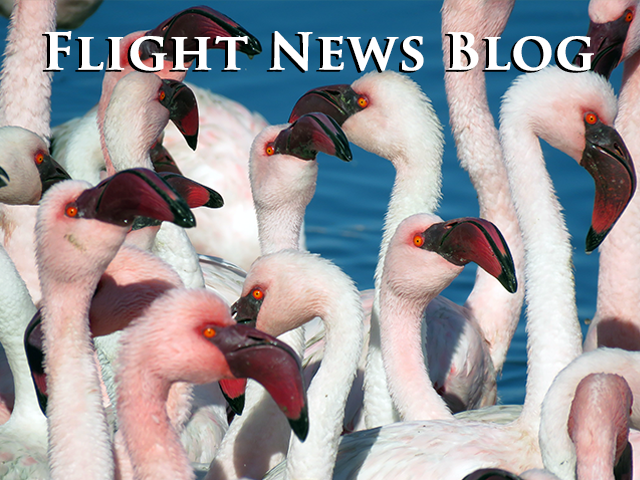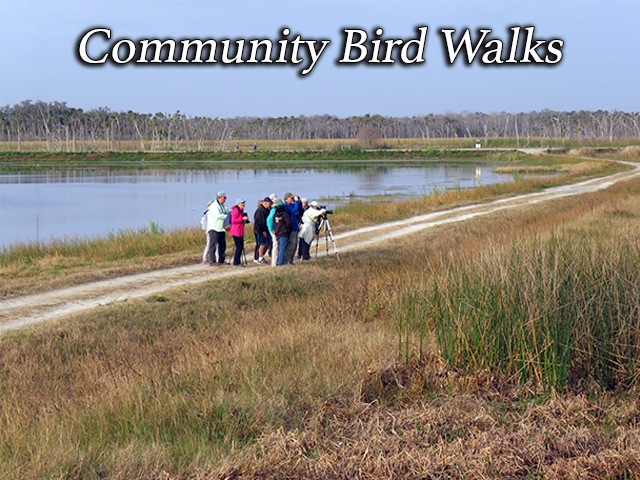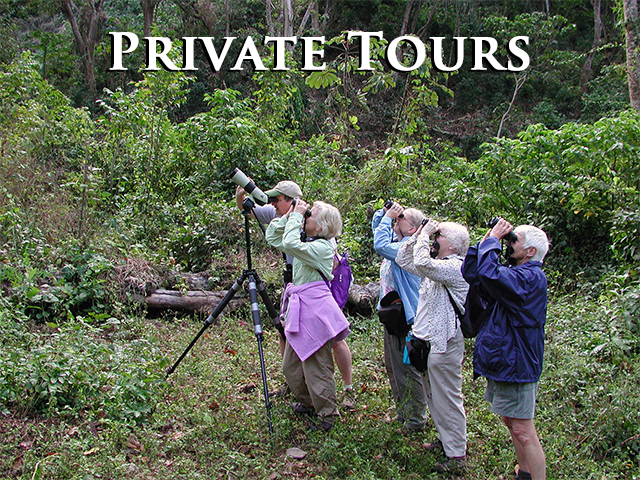Birding the Balsams
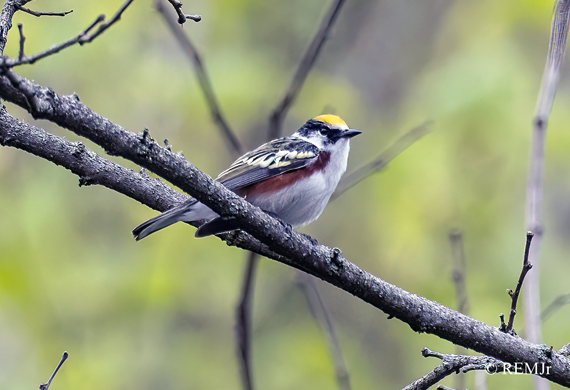
Pisgah Forest, NC
July 6, 2022
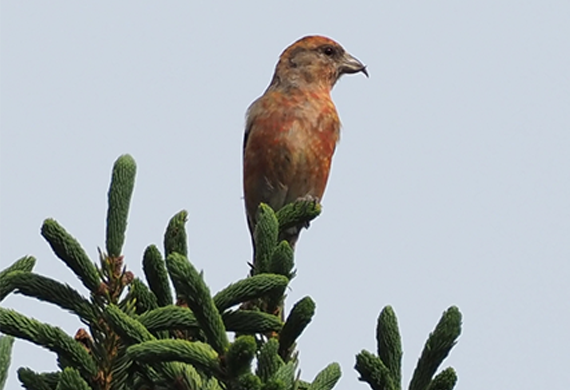
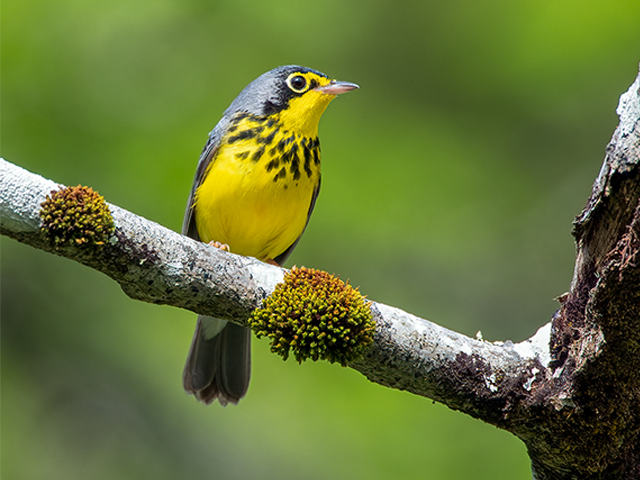
Register by clicking the ‘book now’ button above, or by contacting the Ventures office. We accept credit cards for an additional fee (2.9% for MC, Visa, Discover; 3.9% for AmEx), but you may also pay by bank transfer, cash, check, or money order. This Venture is limited to 10 participants
Departure: We will meet at 7 AM at the HUB, located at 11 Mama’s Place, Pisgah Forest, NC 28768. Price: $60
A relaxed day of birding from roadsides, gravel roads and overlooks with a minimal amount of walking. Weather at the higher elevations can be unpredictable – rain gear and a light jacket are recommended.
The Blue Ridge Parkway winds through the Appalachian Mountains from Virginia into North Carolina, skirts the southern end of the Black Mountains, then weaves through the Craggies, the Pisgahs and the Balsams before ending in Great Smoky Mountains National Park. We will head south and visit various locations in the Blue Ridge, looking for some of the area's most exciting birds such as many species of warblers, vireos and several hard-to-identify Empidonax flycatchers. We will probably head as far as Heintooga Overlook, one of the most reliable areas for Red Crossbills in the last few years. Least Flycatchers can be common near the Masonic Monument where their "che-bek" calls can be a clue to their whereabouts. At the higher elevations the mountains are cloaked with spruce-fir and northern hardwood forests mixed with heath balds of Catawba rhododendron and mountain laurel.
Typical breeding birds of the higher elevations include Common Raven, Brown Creeper, Dark-eyed Junco, Winter Wren, and Red-breasted Nuthatch. Hermit Thrush and Red Crossbill can be found as well. The Appalachian race of the hardy Northern Flying Squirrel, closely related to the more familiar Southern Flying Squirrel of lower elevation broad-leaved woodlands, also occurs at this elevation.


